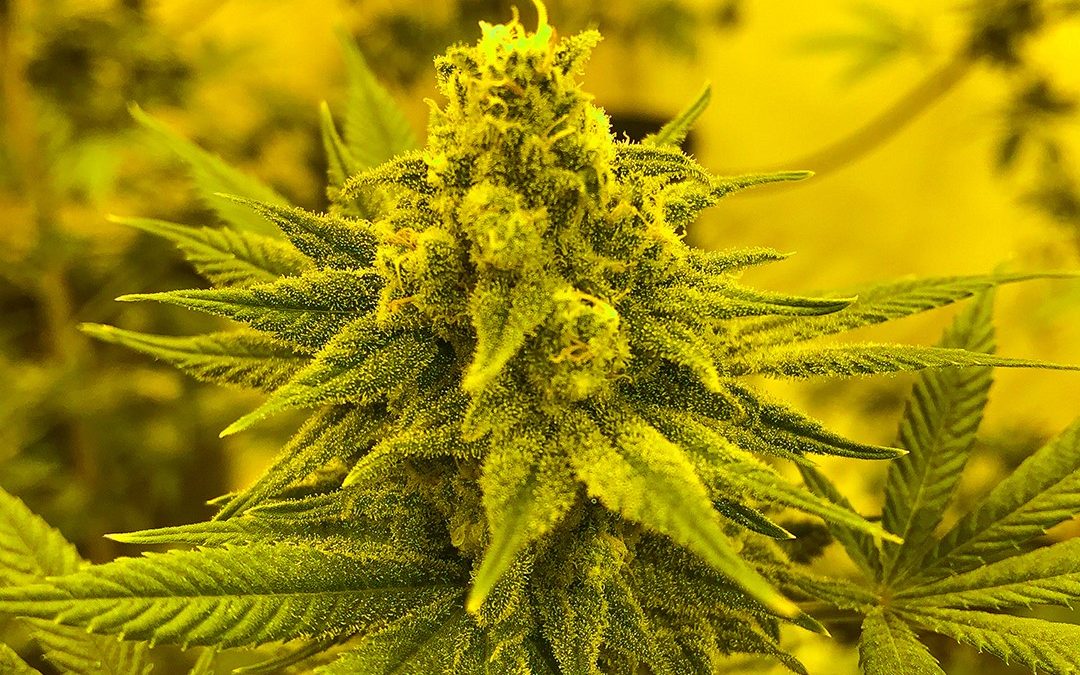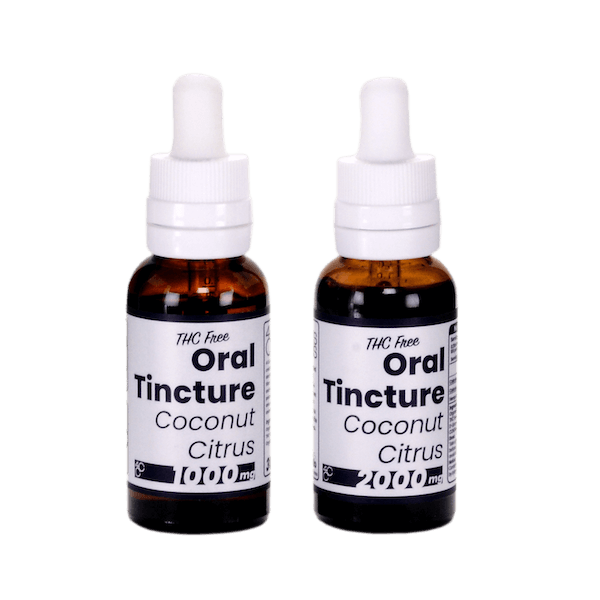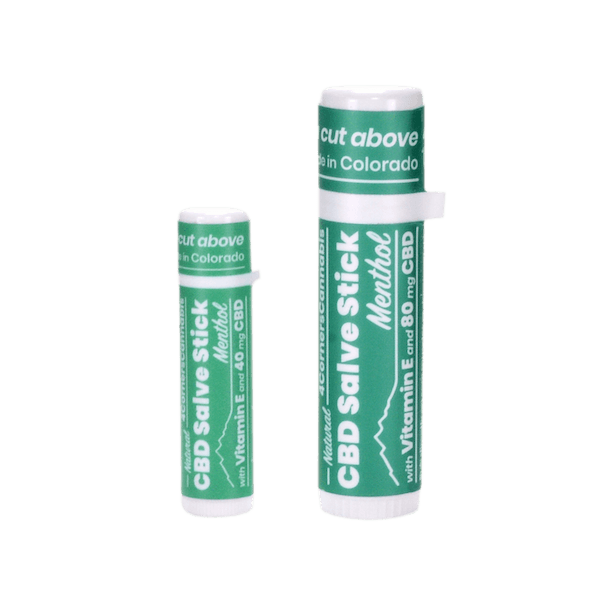With the explosion of cannabis and hemp products on the market, today companies are going big into pheno hunting to develop the perfect plant. The quality of all of the CBD products that you use starts from the strain they come from.
Pheno hunting is something that many people have never thought of, or even understand the basics of. This article dives into what pheno hunting is, how it affects the plant and product that it results in, and the details of how it’s done.
What is Pheno Hunting?
What is pheno hunting? Well, we understand the gist of hunting, so let’s clarify the “pheno” portion. Pheno is a shortening for the word phenotype. According to Merriam-Webster’s Dictionary, phenotypes display physical expressions of one or more genes. In pheno hunting, growers attempt to develop the best cannabis strains possible. For large-scale farmers, hobby growers, and everyone in between, the practice of pheno hunting is the cornerstone of quality hemp growth.
What’s The Purpose of Pheno Hunting?
Whether growing marijuana, CBD hemp, or industrial hemp, all growers want their plants to exhibit characteristics specific to their niche. For this reason, growing from clones gives the most consistent results. Before cloning can occur though, you must first ensure that you’re cloning the best performing plants.
For this process, growers start with a handful of seeds, usual seeds of the same or similar strains. If you grow plants for cannabinoid content, you’ll want to make sure to use feminized seeds as males provide only seeded buds (lower quality buds with lower cannabinoid content). As these seeds grow, growers observe, measure, and compare their characteristics against one another. Depending on the needs of the grower, the appropriate plants from which to clone are chosen.
In Cannabis Pheno Hunting: All You Need to Know, these are some of the phenotypic traits that the author highlights:
- Height
- Structure
- Internodal Spacing
- Growth Rate
- Root Structure (observable only when transplanting)
- Response to Environmental Factors
- Number of Bud Sites
The list is far from exhaustive but helps demonstrate some of the things growers look at in the process of pheno hunting.
How is Phenotype Hunting Done?
Start with the proper framework to make your search a worthwhile endeavor. This means that before you start the process of hunting, your lighting, watering, and nutrition should be optimized. It doesn’t hurt to start with quality genetics from the previous season either. Nobody can remember everything perfectly, so number or label your plants in some way and prepare to journal/record your findings as your project progresses.
Testing the Success of Pheno Experiment
Once you fulfill those requirements, there are several ways in which you can test and measure the cannabis genetics that you’re working with. Here are a few of them.
- Visual analysis
The first task to carry out is a visual appraisal of your plants. Which plant stands out the most, looks the strongest, or has the best color?
- Olfactory analysis
For many growers, the smell of a plant makes a difference, even if only for superficial reasons. Although terpenes (the compounds that give cannabis its smell) are thought to contribute to “the entourage effect”, growers often just select specimens for the specific fragrances that appeal to them. That being said, plants that smell the strongest early on will often have a substantial output when it comes time to flower.
- Hands-on analysis
Physical assessment helps growers find the best performing plants. In their article Cannabis Plant Phenotypes and Pheno Hunting Explained, Spliff Seeds authors elaborate on this point. They suggest not being overly timid when handling plants. In fact, being rougher with plants helps you to see which ones bounce back more effectively. The authors also state that cropping main stems early on to see which plants are most resilient.
- Cannabinoid profile
As the plants in your pheno hunt start to mature and reach the flowering stage, take the opportunity to get their respective cannabinoid profiles measured. This is generally done by sending a sample to a lab to have it examined. The lab will issue a certificate of analysis (COA) once testing is complete. For hobby growers, this may not be worth their while. For growers with customers, this is often compulsory.
Stabilizing your strain
Once you’ve selected your best-performing plants and culled the others, you can find out which ones will give you the greatest consistency. For this portion of the project, cut and label several clones from each plant to see how those plants perform. This will help you identify which plants performed well randomly versus the ones that performed well due to consistent genetics.
This process can be repeated depending on the amount of information you want to work with. For example, once the clones that you grow reach the flowering stage, you can then cut clones from them as well. If you happen to be growing plants with feminized seeds, or seeds more generally, you can apply the same approach by planting the offspring of each subsequent generation of parent plants.
In either case, after carrying out this portion of the pheno hunt to completion, growers hope to have somewhat homogeneous and reliable cannabis genetics. In their article How to Stabilize Your Own Cannabis Seeds, Cannaconnection shares that it will often take several generations before genetics stabilize. Gradually selecting for preferable dominant traits and selecting against undesirable traits just takes time.
Constant Progression
For hobby growers and commercial growers alike, this process never ends. Even while growing one crop, they will often use a separate set of plants to conduct a pheno hunt to find the dominant traits they want in the next crop.
At 4 Corners Cannabis, we continue to pheno hunt on a year-round basis, always striving to improve upon what we’ve done in previous seasons. While it intrigues us to see the progression, we don’t pheno hunt to satisfy our curiosity. We do it so we can continue to put out the best possible products for our customers.
Pheno Hunting Wrap-up
Now, when someone asks you “What is pheno hunting?” you can answer confidently. You also have a great idea of how growers are constantly experimenting to find the best possible strains of hemp for your CBD products.
For those who are curious to learn more, you can get a “big picture” take on cannabis growing by clicking here. If you’d like to learn something we haven’t covered in our articles, let us know on our contact page.




